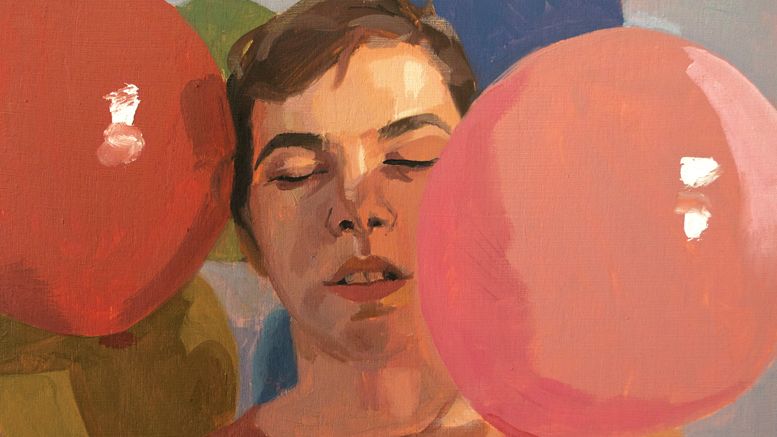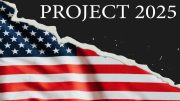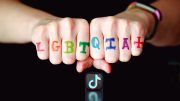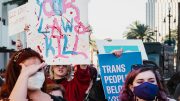LGBTQIA people with disabilities and their various intersectionalities explored in exhibition
By: Luke Sherman/TRT Reporter—
It was over dinner earlier this spring when the idea came to Allison Rodriguez and her four friends.
Artist LB Lee (who prefers the pronouns they/them/their) mentioned that many of their colleagues identify as both LGBTQ and have a disability, which led the group to discuss the idea of putting together an art exhibition exploring the intersections between sexual orientation, gender identity, and having a disability. Rodriguez, a volunteer for the Boston LGBTQIA Artist Alliance (BLAA), proposed to BLAA Director Dylan Hurwitz that the association curate such a show.
“It was kind of a way to bring both those communities together and allow artists who don’t have a high level of visibility an opportunity to show their work, to represent themselves, and to network, to build their community beyond what it already was,” Rodriguez said.
The result? “You Think It’s ____, But It’s Really _____.,” a group exhibition featuring 23 artists living and working at the intersection of LGBTQIA issues and notions of disabilities, according to Hurwitz.
A working artist and experienced curator, Rodriguez served as the primary coordinator for this exhibition. While putting it together, she collaborated with two artists featured in the show, Hurwitz, and two other BLAA members to choose the exhibition’s pieces. Approximately 40 artists based in the Greater Boston area submitted works of art, and the selection committee ultimately chose to exhibit 23 of them. All 23 selected artists identify as LGBTQIA and either have a disability or feel that society has classified them as having a disability.
To YoAhn Han, one of the two artists who served on the exhibition’s selection committee, the title of the show communicates an occasion for queer artists with a disability to highlight misperceptions of LGBTQIA people with disabilities.
“There are two blanks in the title, right? So, your first sight of having a cognitive decision—which is maybe not always right, or not always the way you understand—when you see, for example, the person with a disability as a third person, it’s totally different from the one who’s actually functioning with the disability,” said Han, a native of South Korea who has two pieces in the show. “I think this title has kind of a word play in a way.”
Lee, who is exhibiting in an art show for the first time, emphasized that this exhibition provides a critical opportunity to LGBTQIA disabled people to represent themselves artistically, particularly because multitudinous barriers prevent them from doing so.
“Being disabled often means it’s hard to get to shows. Either they’re inaccessible–like, you have stairs, well, sucks to be you if you’re an artist with a wheelchair; you’re not going to get in there … ” they said. “There’s also sometimes this thing where disabled folks, we’re almost not allowed to be queer, where it’s considered a symptom of our disability so therefore not something that should truly be respected, or because we’re disabled we’re assumed to have no sexual or gender identity at all.”
In light of these challenges, Rodriguez said BLAA took great care to make the show as accessible as possible, including hiring an American Sign Language interpreter.
In Rodriguez’s mind, one of the exhibition’s greatest strengths is the featured artists’ diversity of experiences.
“I think that there is a really diverse assortment of artists in this group, especially in ways that you wouldn’t necessarily [know]—experience, age, background, the particular language they have around their disability. It’s just all very different,” she said. “They’re not the same kind of diversities you necessarily find in other exhibitions, which is really exciting and great.”
And the differences don’t stop there. Featured mediums include paintings, drawings, sculptures, a projection, performance art, prints, mixed media, and poetry.
“You Think It’s ____, But It’s Really _____.” is BLAA’s 10th exhibition since its inception in 2012. In addition to putting together art shows comprising pieces created by LGBTQIA artists living and/or working in Greater Boston, the alliance holds film screenings, panel discussions, potlucks, and informal gatherings
“We’re really looking to elevate and highlight artists who are in our region,” Hurwitz explained.
BLAA is entirely volunteer-run and managed by a committee, which Hurwitz oversees. The association meets monthly and welcomes new members.
“You Think It’s ____, But It’s Really _____.” opens Monday, August 1 at the Midway Gallery at Midway Artist Studios at 15 Channel Center Street Boston’s Fort Point Channel and will run until September 2. The opening reception will take place Friday, August 5 between 6 p.m. and 8 p.m. There will be a live performance and panel discussion featuring some of the artists exhibited in the show on Saturday, August 20 between 4 p.m. and 6 p.m.
For more information on BLAA, visit http://blaa.us.







